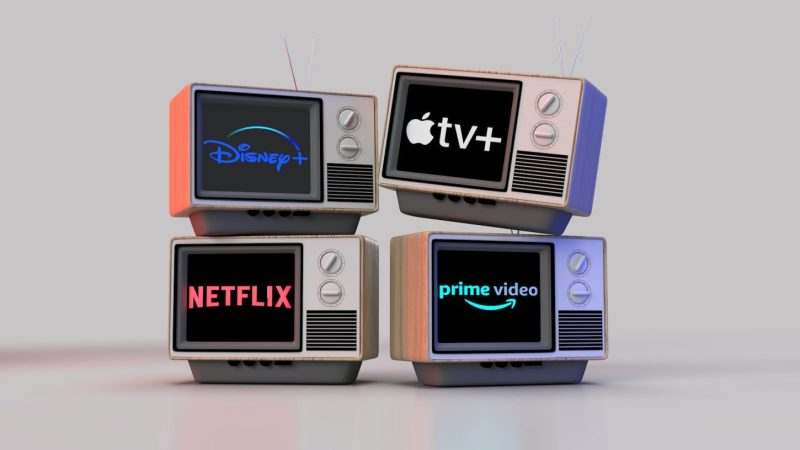Over the past few years if we’ve become more addicted to anything, it’s our streaming services. And with ones like Disney Plus, Hulu, and Netflix stepping up their game with killer content, other apps get pushed aside to make room in our wallets. Which ones are most people going to delete this year?
Sorry health and wellness, but those subscriptions that deal with weight loss and meditation are the first to go. According to a bit of market research done by Prolific on behalf of Forbes Advisor, let’s see why so many people are ditching healthier subscriptions for entertaining ones.

Subscriptions on their way to be deleted first
Categories taking the fall
- Dating apps
- Women-geared boxes
- Wellness apps
- Men-geared boxes
Those dating apps are getting creepier and creepier, so no shock there. Since a lot of the subscriptions are geared toward women, like clothing and skincare-themed apps, and women make the most financial decisions in the household, there’s no big reveal there. And when money is tight, and we should double down on our wellness, we instead kick it to the curb.
Specific apps most likely to be ditched
- Calm
- Tinder
- WeightWatchers
- IPSY
Tinder needs to be deleted anyway, but the meditation app Calm and nutrition app WeightWatchers being on the chopping block is a bit sad. We tend to cut back on those “luxurious comforts” that we added when we had extra money.
Subscriptions we won’t ever get rid of
Categories we’ll never let go of
- Streaming services
- Music apps
- Delivery services
We sure love to stream our favorite shows, and that will never change. The next best thing to rewatching our comfort show for the 31st time is to listen to our favorite song for the 9th time that day. And if we have to leave the house to do anything over the weekend, we would cry, so thankfully, anything could be delivered. Delivery services for groceries and other places we don’t want to wait in line for are keeping us alive, so those will always be a monthly fee we’ll pay.
Most subscribed services
- Netflix
- Amazon Prime
- Hulu
- Disney+
No explanation is needed why the top spots for the most popular subscription services are all where we watch our shows. Not only does TV always give us something to do, something to have on in the background, and a best friend on lonely weekends, but then we can go online and read about what we just watched.
Why does this matter? The survey found that as we worry about increasing inflation, subscriptions are where budget cuts will be made first. While Americans favor TV streaming apps over weight-loss or meditation apps, the fact that we are picking and choosing which subscriptions to keep and which ones to drop points to the tightening of our collective belts. We know we’d rather rewatch Schitt’s Creek for the third time this year than pick up a clothing delivery box or a self-improvement app, and it looks like everyone else feels the same way.



